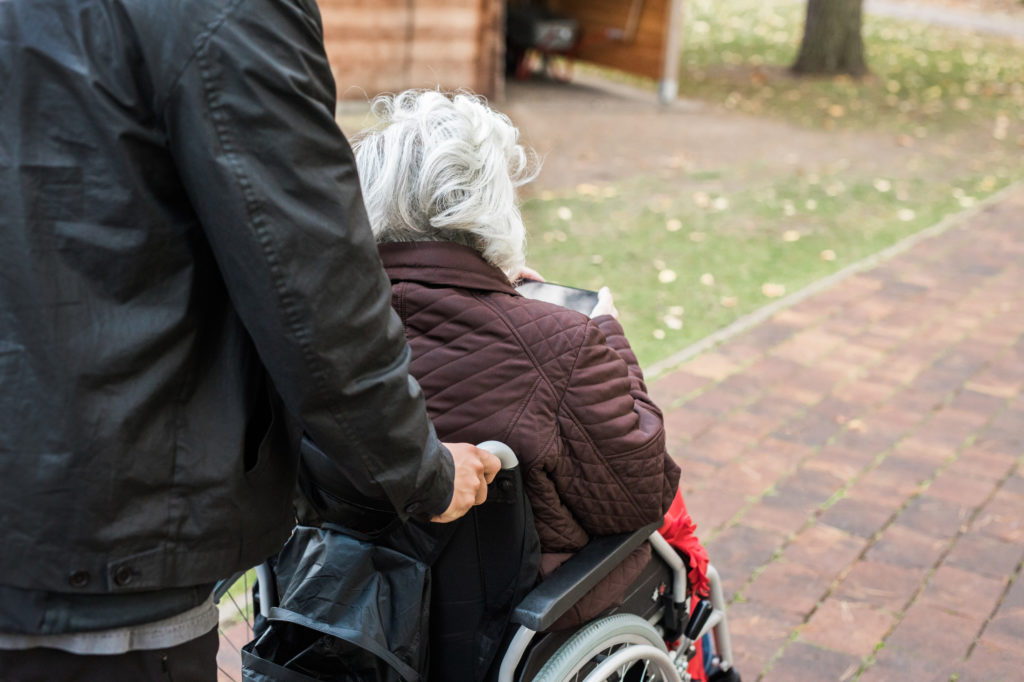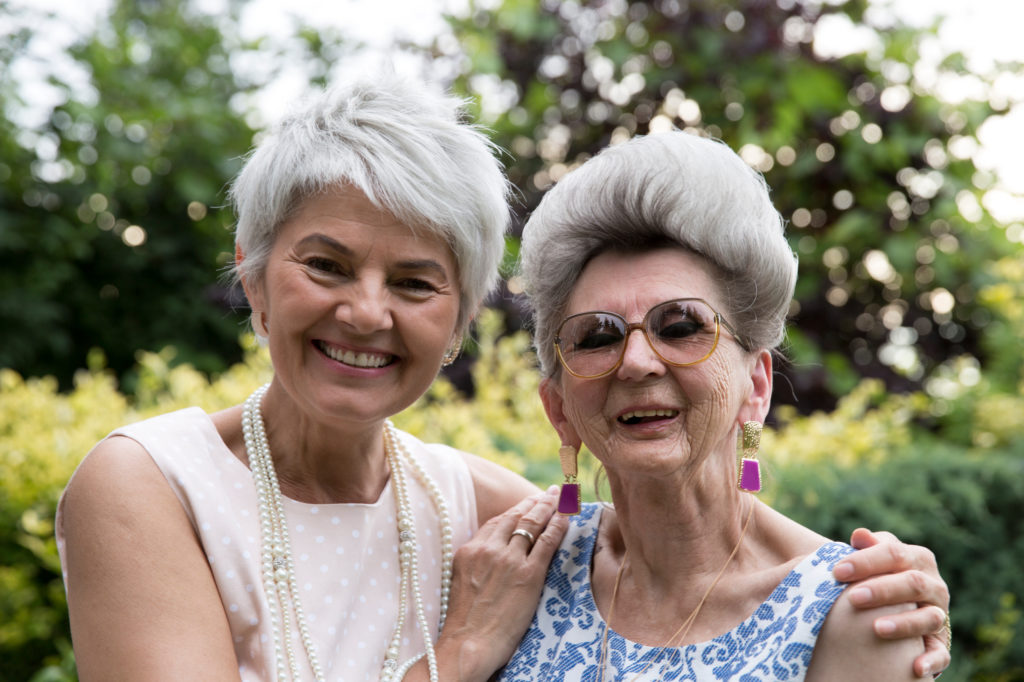
It’s the kind of scenario health plan administrators would prefer not to think about.
A member falls in the middle of the night—slips down the stairs with no one else around—and in the blink of an eye, she’s on the floor with a broken hip and no idea when help might arrive.
Sadly, accidents in the home are all too common among older adults. For most older adults, the biggest immediate risk is a fall, but there are other potential dangers as well, from the threat of fire from a poorly placed space heater to gas leaks and carbon monoxide poisoning.
For health plans, these issues are especially concerning when the member is living alone with no support from family or friends. For them, the home can be full of potential threats they may not see coming until it’s too late—and that could mean a trip to the hospital and the need for any number of expensive interventions.
Here, we’ll take a look at the top home safety risks for older adults and the impact they can have on a health plan’s bottom line, then we’ll explore a solution to the home safety problem—companion care services as a supplemental benefit.
Big risks, high costs
While home safety is, first and foremost, extremely important to older adults, it’s also an issue that has the attention of a growing number of health plan administrators.
The primary worry is the risk of falls. According to the U.S. Centers for Disease Control and Prevention, nearly 3 million older adults per year are admitted to emergency rooms for injuries suffered in falls, and non-fatal falls cost the healthcare system overall more than $50 billion annually. Meanwhile, the agency predicts, the number of fall injuries—and the cost to treat them—will only increase in the coming years as more older adults choose to age in place.

Falls are just the beginning when it comes to the ways a health plan member might be hurt while living at home alone. Clutter, for example, raises the risk that a minor fire could quickly burn out of control. Mold could make the air unsafe to breathe, exacerbating conditions like asthma, and a poorly hung television or an overloaded bookshelf could crash to the floor and cause serious injuries.
Home Safety Risks for Older Adults
- steep or slippery stairs
- tripping hazards (clutter, pets, throw rugs, etc.)
- broken railings
- baths and showers with missing or damaged grab bars
- fire hazards
- natural gas leaks
- nonfunctioning smoke and carbon monoxide detectors
- mold
- broken doors, blocked exits
- flimsy furniture
- top-heavy bookshelves
- poorly hung paintings/photographs, televisions, etc.
Many health plans are looking for ways to identify and address safety problems in the home. Doing so, they realize, can help them control costs by reducing emergency room visits and hospitalizations. Services that provide solutions to keep older adults safe save health plans money, but also give older adults the freedom they want and provide great value to health plan members.
Health plan challenges: breaking down barriers
Many home safety issues are a relatively easy fix—reducing clutter, changing batteries, or installing hand railings. For health plans, implementing these fixes can improve member health outcomes and reduce health care spending on avoidable injuries.
Because members don’t always recognize or understand home safety risks, one major challenge for health plans looking to mitigate home safety risks involves identifying them. How can a health plan improve home safety if it doesn’t have access to the home itself?
Once a risk is identified, mitigating the risk can be just as difficult for health plans, as most solutions would require in-home help. For example, if a smoke detector needs new batteries, an older adult might need assistance changing them.
The maintenance of addressing fall risks and other home safety hazards is just as important as identifying and mitigating them. If clutter was in the home once, for example, it’s likely to return. Home safety can’t just be a one time fix.

Making a difference with companion care
One solution is to offer plan members companion care as a supplemental benefit. In companion care, trained assistants provide older adults with help and support whenever they need it, allowing health plans to tackle home safety head-on by addressing common risks one by one.
Companion care can address a variety of safety-related concerns that can make a big impact on home safety. Issues like smoke alarm batteries, loose railings and unsteady furniture can be replaced or fixed. Tripping hazards can be quickly removed. Rugs or non-slip mats can be added to slippery areas and the entire house can be checked for safety hazards.
For many older adults, their time with their helper is an experience they look forward to having every day. But for health plans, companion care is a service that pays dividends—in safer and happier members with lower healthcare costs. While companion care isn’t only focused on home safety, the home is where it usually starts.



